 Welcome
Welcome
“May all be happy, may all be healed, may all be at peace and may no one ever suffer."
Acromegaly
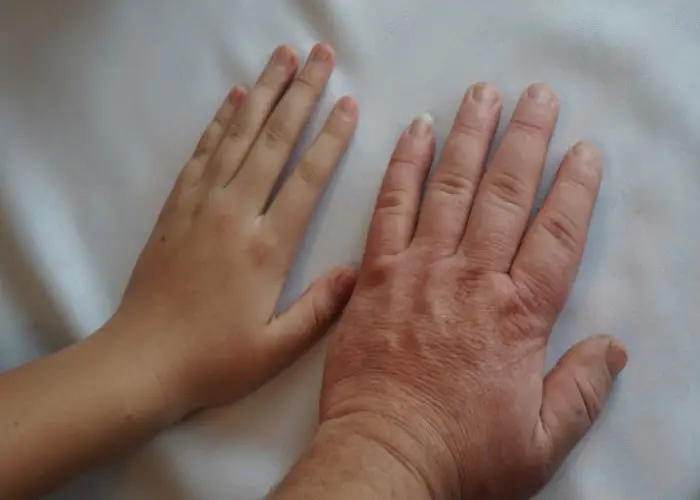
Acromegaly is a condition in which the body produces too much growth hormone, leading to an abnormal increase in the size of bones, especially in the hands, feet, jaw, and forehead. The condition is caused by a noncancerous (benign) tumor on the pituitary gland, which is located at the base of the brain and is responsible for producing several hormones, including growth hormones.
Symptoms of acromegaly can include increased size of the hands, feet, and face, changes in facial features, joint pain and swelling, excessive sweating, fatigue, and changes in the voice. In some cases, there may be no symptoms at all.
Diagnosis of acromegaly is typically made through a physical examination, imaging tests such as an MRI, and hormone level tests.
Treatment for acromegaly can vary depending on the severity of the condition and the presence of any symptoms. Options may include medication to control hormone production, surgery to remove the tumor, or radiation therapy.
It's important to seek medical attention if you have symptoms that suggest acromegaly, as prompt treatment can help prevent potential complications and preserve overall health and well-being. Early treatment can also help prevent long-term damage to bones and other organs.
Research Papers
Disease Signs and Symptoms
- Enlarged hands and feet
- Absent or irregular menstrual periods
- Headaches, which may become more frequent and more severe
- Headaches
- Blurred vision of eye
- Severe snoring due to obstruction of the upper airway
- A deepened, husky voice due to enlarged vocal cords and sinuses
- Joint pain
- Muscle weakness
- Body odor
- Excessive sweat
- Hard skin
- Enlarged lymph nodes in neck or armpits
- Enlarged nose
- Reduced sexual desire
Disease Causes
Acromegaly
Acromegaly occurs when the pituitary gland produces too much growth hormone (GH) over a long period of time.
The pituitary gland is a small gland at the base of your brain, behind the bridge of your nose. It produces GH and a number of other hormones. GH plays an important role in managing your physical growth.
When the pituitary gland releases GH into your bloodstream, it triggers your liver to produce a hormone called insulin-like growth factor-1 (IGF-1) — sometimes also called insulin-like growth factor-I, or IGF-I. IGF-1 is what causes your bones and other tissues to grow. Too much GH leads to too much IGF-1, which can cause acromegaly signs, symptoms and complications.
In adults, a tumor is the most common cause of too much GH production:
- Pituitary tumors. Most acromegaly cases are caused by a noncancerous (benign) tumor (adenoma) of the pituitary gland. The tumor produces excessive amounts of growth hormone, causing many of the signs and symptoms of acromegaly. Some of the symptoms of acromegaly, such as headaches and impaired vision, are due to the tumor pressing on nearby brain tissues.
- Nonpituitary tumors. In a few people with acromegaly, tumors in other parts of the body, such as the lungs or pancreas, cause the disorder. Sometimes, these tumors secrete GH. In other cases, the tumors produce a hormone called growth hormone-releasing hormone (GH-RH), which signals the pituitary gland to make more GH.
Disease Prevents
Disease Treatments
Acromegaly treatment varies by person. Your treatment plan will likely depend on the location and size of your tumor, the severity of your symptoms, and your age and overall health.
To help lower your GH and IGF-1 levels, treatment options typically include surgery or radiation to remove or reduce the size of the tumor that is causing your symptoms, and medication to help normalize your hormone levels.
If you're experiencing health problems as a result of acromegaly, your doctor may recommend additional treatments to help manage your complications.
Surgery
Transnasal transsphenoidal surgery
Doctors can remove most pituitary tumors using a method called transsphenoidal surgery. During this procedure, your surgeon works through your nose to remove the tumor from your pituitary gland. If the tumor causing your symptoms isn't located on your pituitary gland, your doctor will recommend another type of surgery to remove the tumor.
In many cases — especially if your tumor is small — removal of the tumor returns your GH levels to normal. If the tumor was putting pressure on the tissues around your pituitary gland, removing the tumor also helps relieve headaches and vision changes.
In some cases, your surgeon may not be able to remove the entire tumor. If this is the case, you may still have elevated GH levels after surgery. Your doctor may recommend another surgery, medications or radiation treatments.
If your surgeon wasn't able to remove the whole tumor during surgery, your doctor may recommend radiation treatment. Radiation therapy destroys any lingering tumor cells and slowly reduces GH levels. It may take years for this treatment to noticeably improve acromegaly symptoms.
Radiation treatment often lowers levels of other pituitary hormones, too — not just GH. If you receive radiation treatment, you'll likely need regular follow-up visits with your doctor to make sure that your pituitary gland is working properly, and to check your hormone levels. This follow-up care may last for the rest of your life.
Types of radiation therapy include:
- Conventional radiation therapy. This type of radiation therapy is usually given every weekday over a period of four to six weeks. You may not see the full effect of conventional radiation therapy for 10 or more years after treatment.
- Stereotactic radiosurgery. Stereotactic radiosurgery uses 3D imaging to deliver a high dose of radiation to the tumor cells, while limiting the amount of radiation to normal surrounding tissues. It can usually be delivered in a single dose. This type of radiation may bring GH levels back to normal within five to 10 years.
Disease Diagnoses
Disease Allopathic Generics
Disease Ayurvedic Generics
Disease Homeopathic Generics
Disease yoga
Acromegaly and Learn More about Diseases
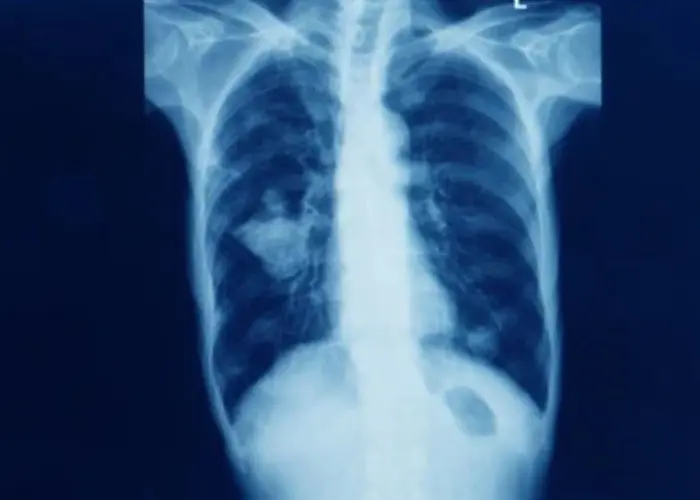
Carcinoma of unknown primary
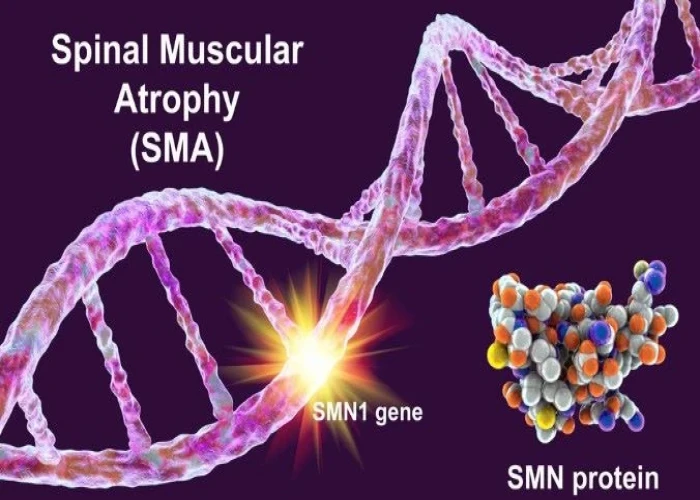
Multiple system atrophy (MSA)

Bladder exstrophy

Gender dysphoria

Antiphospholipid syndrome
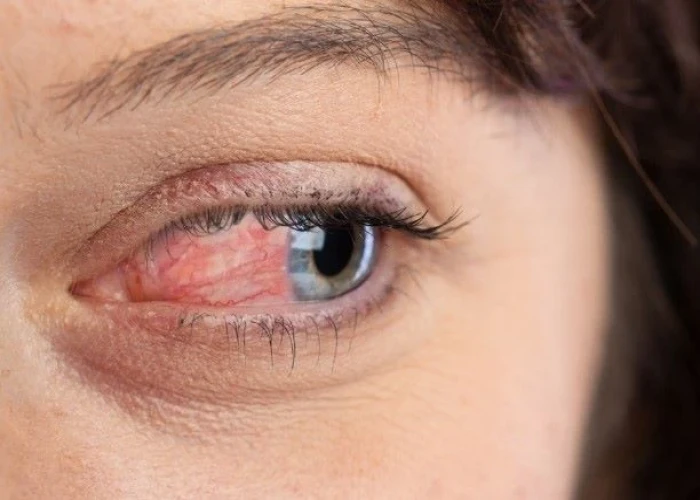
Ocular rosacea
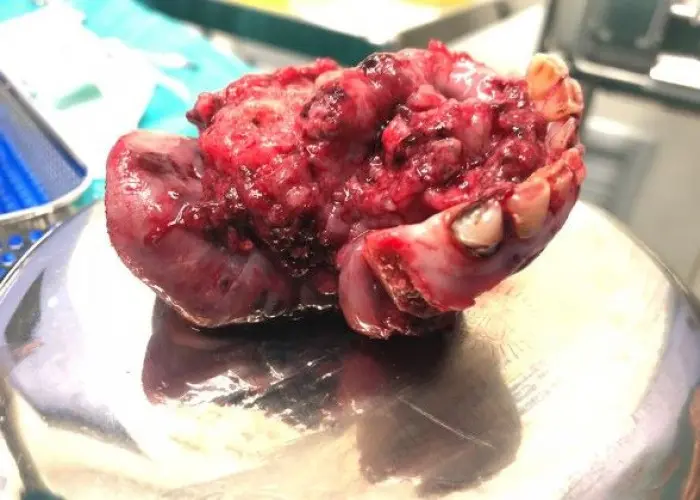
Floor of the mouth cancer

Thumb arthritis
Acromegaly, Acromegaly treatment, অ্যাক্রোম্যাগালি
To be happy, beautiful, healthy, wealthy, hale and long-lived stay with DM3S.

